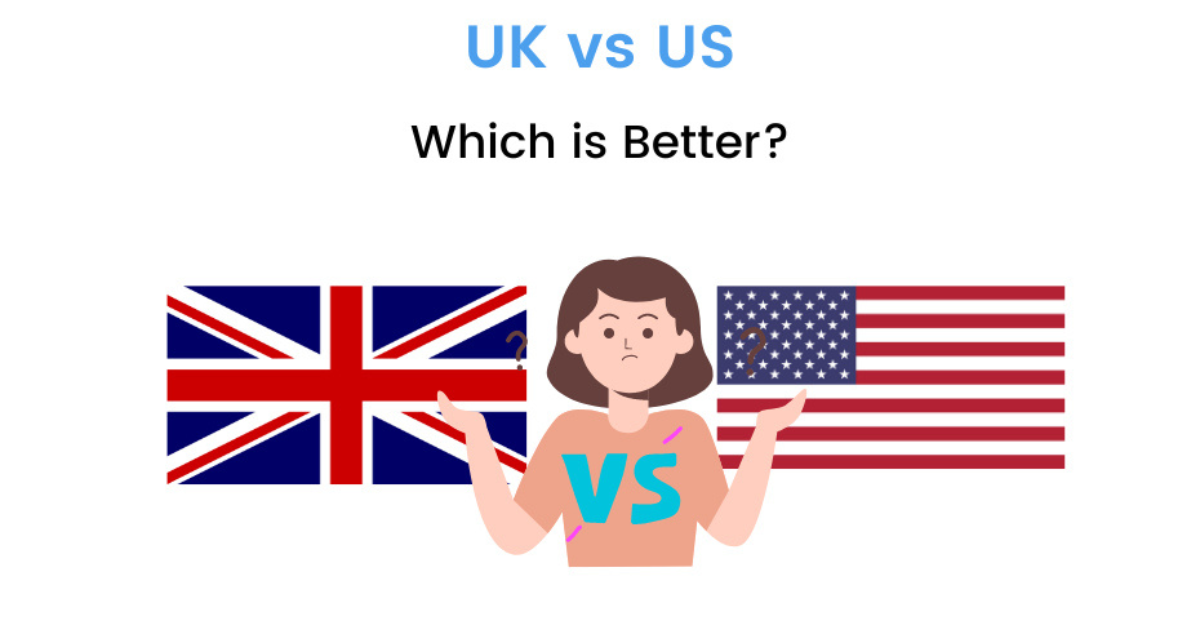Studying in the UK vs USA: Which Offers More Value?
Choosing where to pursue higher education is a major decision, and for many international students, the United Kingdom and the United States are top contenders. Each country offers a world-renowned education system, but they differ in structure, costs, cultural environment, and long-term benefits. Determining which offers more value depends on the student’s goals, finances, and field of study.
Cost and Duration
One of the most notable differences is the cost and duration of study. In the UK, undergraduate degrees typically take three years to complete (four in Scotland), while master’s programs often take just one year. In contrast, U.S. undergraduate degrees generally take four years, and master’s programs usually require two years. This shorter duration in the UK can significantly reduce tuition and living costs, offering better value for students who want to enter the workforce sooner.
Tuition fees also vary. In the U.S., annual tuition at top private universities can exceed $50,000, not including living expenses. Public universities are often more affordable for in-state residents but still costly for international students. The UK also has high tuition fees for international students, but they tend to be slightly lower than those in the U.S., and the shorter study period helps reduce the total cost.
Academic Structure and Flexibility
The U.S. education system emphasizes a broad-based, liberal arts education. Students take general education courses in a wide range of subjects before specializing in their major, allowing exploration and flexibility. This is ideal for students who are undecided or interested in multiple fields.
The UK system, however, is more specialized. Students apply directly to a specific course and focus intensively on that subject from the start. This focused approach can be more efficient for those who already know their career path, but it allows less room for academic exploration.
Career Opportunities and Post-Study Work
Post-study work opportunities can also impact the value of an international education. In recent years, the UK has introduced the Graduate Route visa, allowing international graduates to stay and work for up to two years (three for PhDs). The U.S. offers Optional Practical Training (OPT), allowing students to work in their field for up to 12 months (or 36 months for STEM graduates). However, transitioning to a long-term work visa is generally more complex in the U.S. due to visa caps and sponsorship requirements.

Cultural and Social Experience
The U.S. is known for its vibrant campus life, with a strong emphasis on extracurriculars, sports, and student communities. This makes for a dynamic and immersive college experience. The UK, while generally more academically focused, offers rich cultural diversity and access to historical cities and institutions. The choice here depends on the student’s personal preferences and desired lifestyle.
Conclusion
In terms of value, the UK may be more cost-effective due to shorter programs and relatively lower overall expenses. It suits students with a clear academic or career direction. The U.S. offers flexibility, a broader educational approach, and a more immersive campus culture. Ultimately, the best choice depends on the individual’s goals, budget, and learning style. Each offers unique advantages that can lead to a high return on investment.

